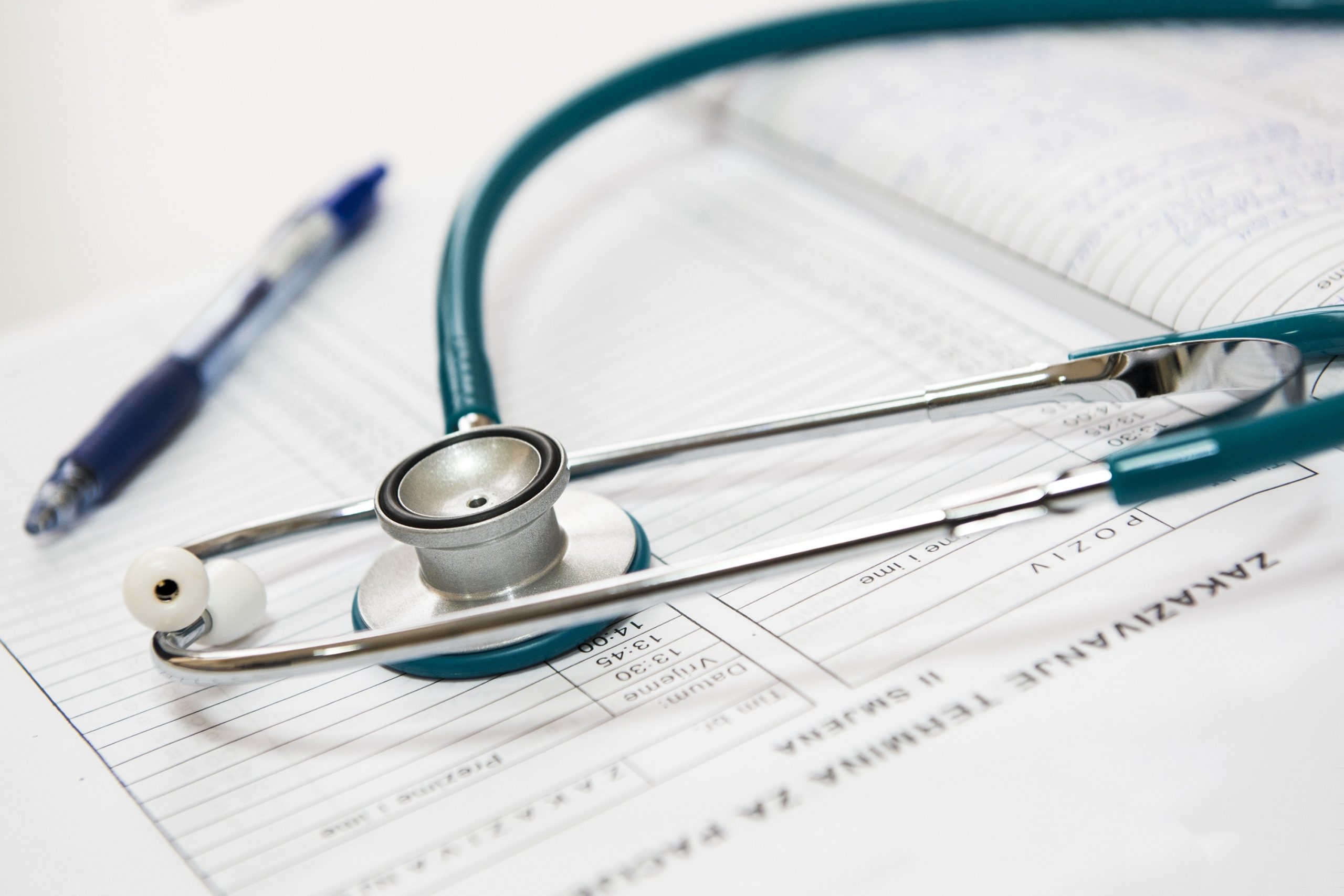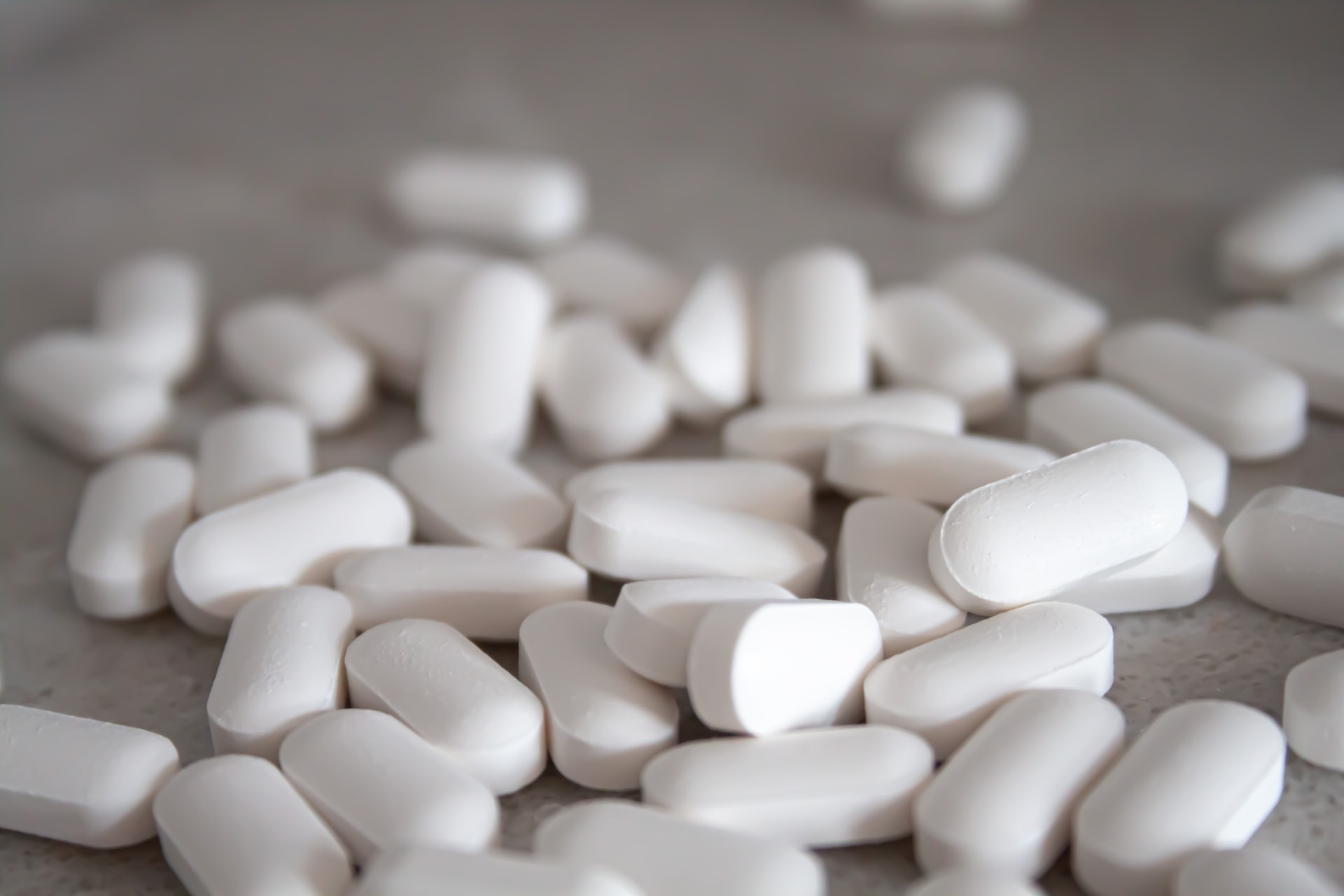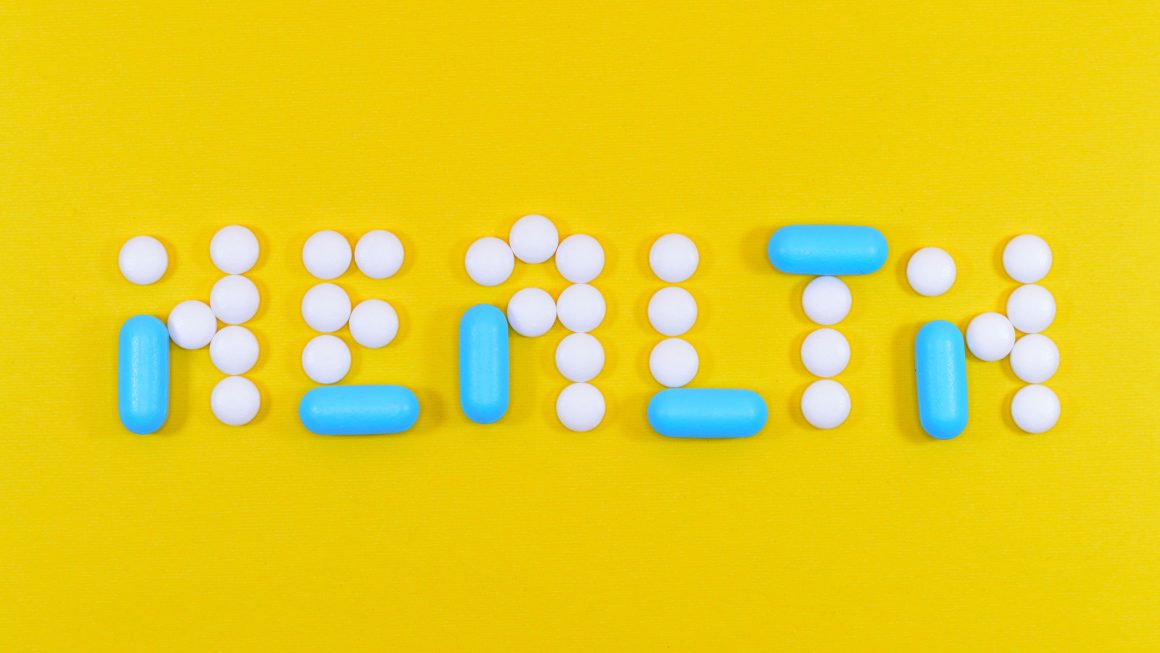Due to aging populations in developed countries and increasing wealth in developing countries, the global pharmaceuticals market will grow to more than $1 trillion by 2022. Biologics such as gene therapy are expected to make up a larger portion of the market. These growth trends mean that losses will rise unless logistical processes are put in place to protect goods while shipping and storage. Improving the existing supply chains to ensure a focus on precise temperature monitoring, cold chain monitoring, and data logging can help you preserve the integrity of your product, save money and provide better treatments for patients.
In 2017, the cold-chain logistics spending was globally over $13 billion for biopharmaceutical goods alone. The estimated 20%-40% of products included in this estimate are destroyed before reaching their end-users. The global pharmaceutical industry spending is on the rise. This means that there are huge pharmaceutical losses around the world.
The most common online pharmacy process
Here are the most common things that happen when a patient orders pharmaceuticals online:
- They visit the doctor to have an exam and get a prescription.
- They can fill their prescription online
- The medication is sent to them by a licensed pharmacy. There are pharmacists on hand to answer any questions.
- End-customers don’t see the entire supply chain that occurs between filling and receiving prescriptions. The online inventory must be managed, including being checked for safety standards and protection, in order to offer a satisfactory customer experience. Anyone who runs an online pharmacy must be able to work with suppliers and carriers. They should also invest in monitoring and reporting data related to their pharmaceutical supply.
 As I mentioned in the intro, shipping can pose a risk to a lot of supplies.
As I mentioned in the intro, shipping can pose a risk to a lot of supplies.
Problem: The healthcare industry is becoming more complex
Pharmaceutical products are more sensitive to extreme conditions than products from other industries. Samples from clinical trials, biologics, and many other classes of medication and medical products are sensitive to heat, humidity, and light. Many chemicals, however, are sensitive to vibrations or shocks.
These items can save lives, but they are also more difficult to store, research, create, transport, and store. Each product must be perfect. There are no side effects that could prove fatal.
Different raw materials and finished goods need to be kept at different temperatures in order to maintain their effectiveness. The product may be permanently damaged if it is not stored at the right temperature or handled incorrectly. This could result in vaccines that are ineffective, pharmaceuticals and other temperature-sensitive products that must be thrown away, or clinical trials that lose valuable data. You could also face regulatory action and reputation risk.
Do shipping damages really pose a problem? Yes. Even though the number is small, inefficiency can result in every item not reaching its destination intact. The number of items that fail to reach their destination intact is significant. You need a system that is able to adapt to changing healthcare industry challenges.
According to the journal Pharmacy and Therapeutics, it is hard to determine the exact number of pharmaceutical goods that have been damaged. This is because products that are not as effective as they should but reach their end-users would be included in the true number. The numbers will vary depending on who or how they are estimated. However, some sources say the number to be at least 20 percent, and likely higher.
It is unacceptable to lose more than a fifth of your supply, both from a financial and environmental perspective. It would be more economical to have 20% less business overall, as you’d save on shipping, production, and storage costs.
There are many factors that can cause damage. These are some of the factors that can cause damage:
- Dropped packaging during pick, packing, shipping, and receiving
- Temperatures outside of the safe zone. This does not mean that drugs should be kept at room temperature. Some goods require room temperature conditions. Some require refrigeration. Some
- require refrigeration. Many cannot be frozen.
- Some products can be damaged by exposure to the sun.
- For humidity sensitive goods, inadequate humidity settings in the freight compartment
- Transport shocks and vibrations that can cause packaging to tip or fall may result in packaging being tipped over.
Solution: Implement or improve cold chain logistics
Whether your medical products require constant room temperature or need to be cooled, frozen, or deep frozen, implementing cold chain logistics can help ensure temperature monitoring and management at every step of the process. The management of a supply chain that requires goods to be kept at a specific temperature and humidity level is called cold chain logistics. This has been a common practice for many years in the food industry. However, refrigerated trucks are essential in healthcare.
The requirements for cold chain regulation vary from one region to the next. For example, in the EU, every medication package must have a unique serial number as well as an identifier. The complex regulatory landscape is complicated. Guidelines are coming down from the EU Guide to Good Manufacturing Practice and CDC Guidelines for Maintaining & Managing the Vaccine Cold Chain. It’s important to consult your governing body to make sure your cold chain procedures are compliant.
Manufacturers, retailers, and sometimes the end-customer must consider the following:
- How to store and handle frozen and refrigerated vaccines
- Equipment such as thermometers and storage units should be considered
- Strategies to maintain the cold chain
- Routine storage and handling
- Inventory management and emergency procedures for protecting vaccine inventories (Source: VBI Vaccines)
- These authorities have different guidelines that ensure the safety and effectiveness of pharma products. If freight is not monitored properly, a pharmacy could be in serious trouble. The EU
- Commission and the World Health Organisation have very strict regulations regarding how pharmaceutical goods are handled during shipping and storage.
Data logging: What is its role?
The Northwest haulage companies are constantly evolving and technological advancements will be needed to ensure that manufacturing and distribution can keep pace with these cutting-edge products. Cold chain solutions that incorporate temperature monitoring and data logging have tremendous potential for preserving the integrity of these products, reducing waste, saving money, and improving health and safety.
Monitoring is an integral part of shipping to ensure the safe delivery of pharmacy freight. This is why data logging is so important for online pharmacy processes.
These are the most important components:
- Data loggers that record data such as temperature, vibration, and humidity.
- Devices that are placed in manufacturing plants, warehouses, transport vehicles, or together with the product for temperature monitoring and other readings
- High-tech devices that can provide real-time data updates via RFID and GPS capabilities
- To verify that the product is not tampered with, light sensors are placed in packages.
- Software that analyzes and records all data from data loggers
- Packages with temperature monitoring built-in that allows you to adjust the temperature as necessary
What data logging can do to help with these issues? It is simple. It’s easy. You can track the transport conditions of pharmaceutical goods and keep track of when appropriate conditions are met. You can use this information to prevent future accidents and improve shipping conditions.
 Many products can become dangerous to use if they are spoilt. Even if you suspect that a product is unsafe, it’s best to destroy it.
Many products can become dangerous to use if they are spoilt. Even if you suspect that a product is unsafe, it’s best to destroy it.
Let’s suppose you can determine with greater precision whether a particular part of your shipment still works. The probability of determining a particular part of a shipment is unusable increases by increasing your monitoring precision from one to two. What if half of the contents of your ruined shipment are actually damaged by average? This means that the 20% loss assumed is immediately reduced to half.
This could save you up to 100k if your shipping company is worth one million dollars per year. You can show with greater precision that a product is safe to use. The less likely you are to lose it due to mishandling. Proper handling of packages can be encouraged by even a small, visible sign that monitoring has been implemented.
Here’s how it works.
- One or more sensors can be installed to record data input. Each sensor collects a specific type of information. They can record sound, temperature and light, as well as humidity. They are typically powered by batteries, but you can also use external power connectors to connect them.
- A data logger or sensor device will have a memory and microprocessor. This allows the data to be stored on a computer or, more likely, to cloud software. The information can then be monitored and used immediately. Cloud computing has made it possible to order online pharmacies with real-time monitoring.
- In order to improve supply chain strategies and take into account each sensitivity, supply chain managers must check the status of reporting.
Is monitoring really necessary?
As I have already stated, monitoring your supply chain can have real and immediate results. One thing to remember is that at least 20% of all pharmaceutical freight is damaged in transport. This could lead to financial losses for your business. This could be a 20% loss.
- Loss of supply amounts to millions of dollars
- Substandard products can cause damage to a company reputation
- Consumer trust is declining
- Disposable goods and other waste can cause environmental damage
- Legal consequences
- Trust increases with quality assurance
Reputation and customer trust are key. A strong brand presence is essential for a successful online pharmacy. It is crucial that products arrive in perfect condition, as the pharmaceutical industry is focused on helping people live healthier lives. You can only guarantee the quality and safety of your products if you are aware of all aspects of the supply chain.
You can monitor the progress of your products during shipping and storage. This will allow you to not only confirm the validity of your goods but also to show it to authorities or end-users. Logmore and Finnish pharmacies have started a pilot project in which data loggers are attached directly to each product until it reaches the end-user. Transparency is the key to your company’s credibility and ability to win new customers and partners.
There are many types of data loggers. However, for pharmaceutical transport purposes, it is best to not use standalone loggers that require data to be manually transferred to a computer. This is inefficient and time-consuming. A wireless logger connected with a cloud service is a better option. It allows for quick data uploads, allowing everyone to have instant access to the data.
Final words
Efficient data logging is vital to any cold chain dependent operations, or any temperature-sensitive logistics in general. Although it may seem like an extra expense, knowing which products are actually usable can help you increase your bottom line. You can also reduce the number of products that you need to be concerned about spoiling due to inconsistency. Having all the data you need to improve your operations will help you make them more transparent for customers, partners, authorities and other stakeholders.




